Cloudflare recognized as a ‘Leader’ in The Forrester New Wave for Edge Development Platforms
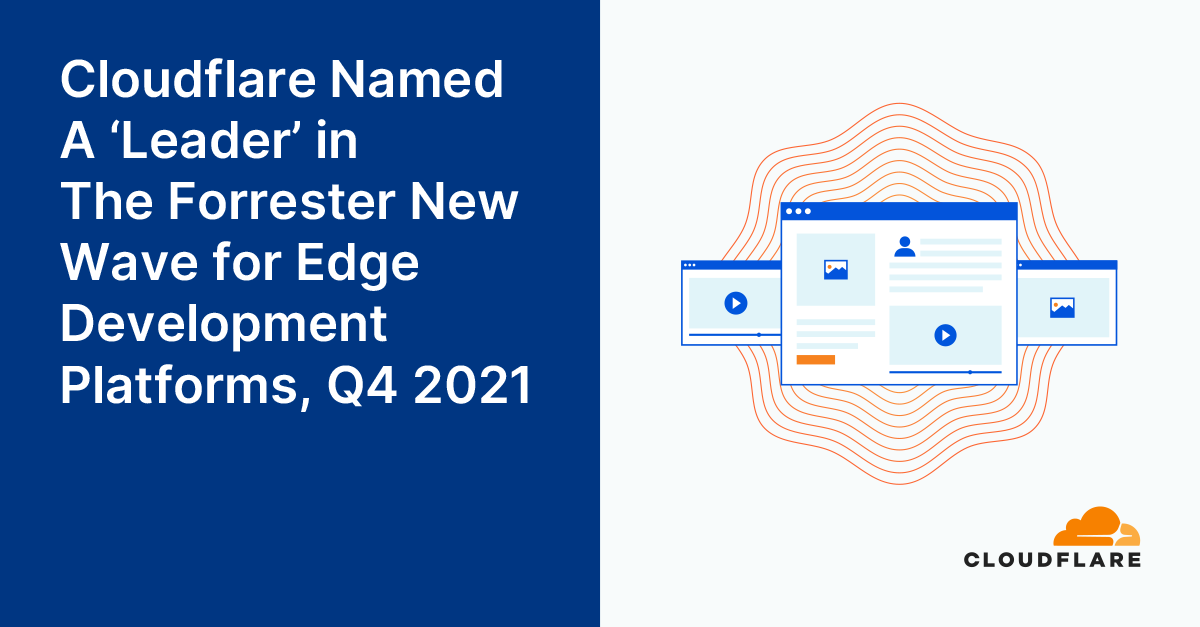
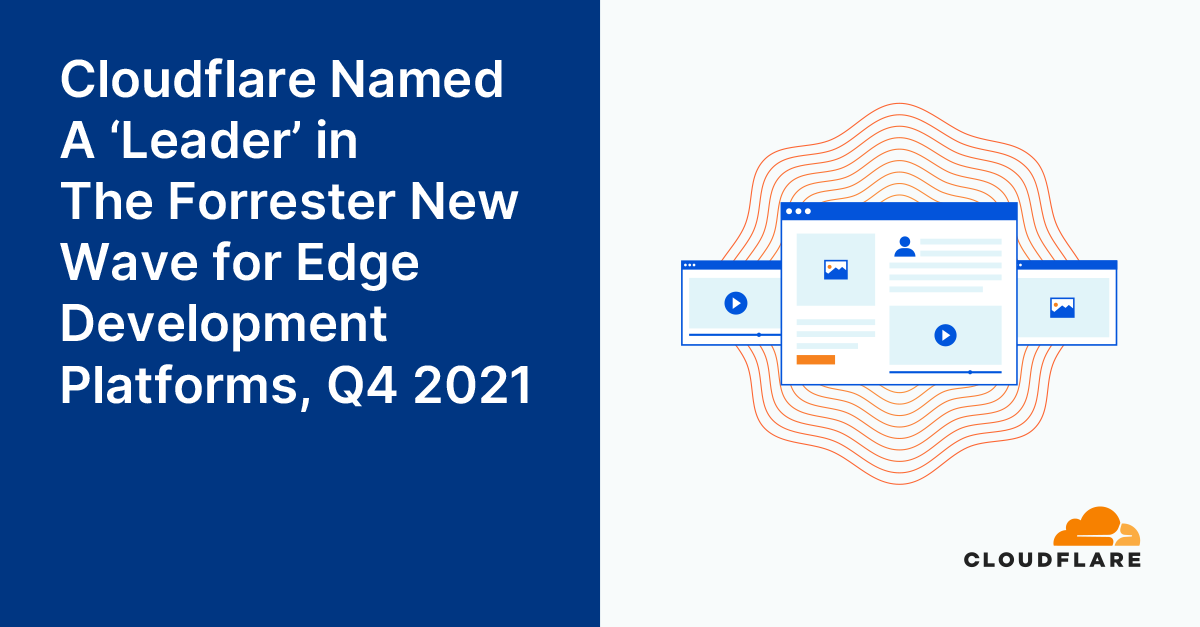
Forrester’s New Wave for Edge Development Platforms has just been announced. We’re thrilled that they have named Cloudflare a leader (you can download a complimentary copy of the report here).
Since the very beginning, Cloudflare has sought to help developers building on the web, and since the introduction of Workers in 2017, Cloudflare has enabled developers to deploy their applications to the edge itself.
According to the report by Forrester Vice President, Principal Analyst, Jeffrey Hammond, Cloudflare “offers strong compute, data services and web development capabilities. Alongside Workers, Workers KV adds edge data storage. Pages, Stream and Images provide higher level platform services for modern web workloads. Cloudflare has an intuitive developer experience, fast, global deployment of updated code, and minimal cold start times.”

Reimagining development for the modern web
Building on the web has come a long way. The idea that one might have to buy a physical machine in order to build a website seems incomprehensible now. The cloud has played a major role in making it easier for developers to get started. However, since the advent of the cloud, things have stalled — and innovation has become more incremental. That means that while developers Continue reading
Custom Headers for Cloudflare Pages
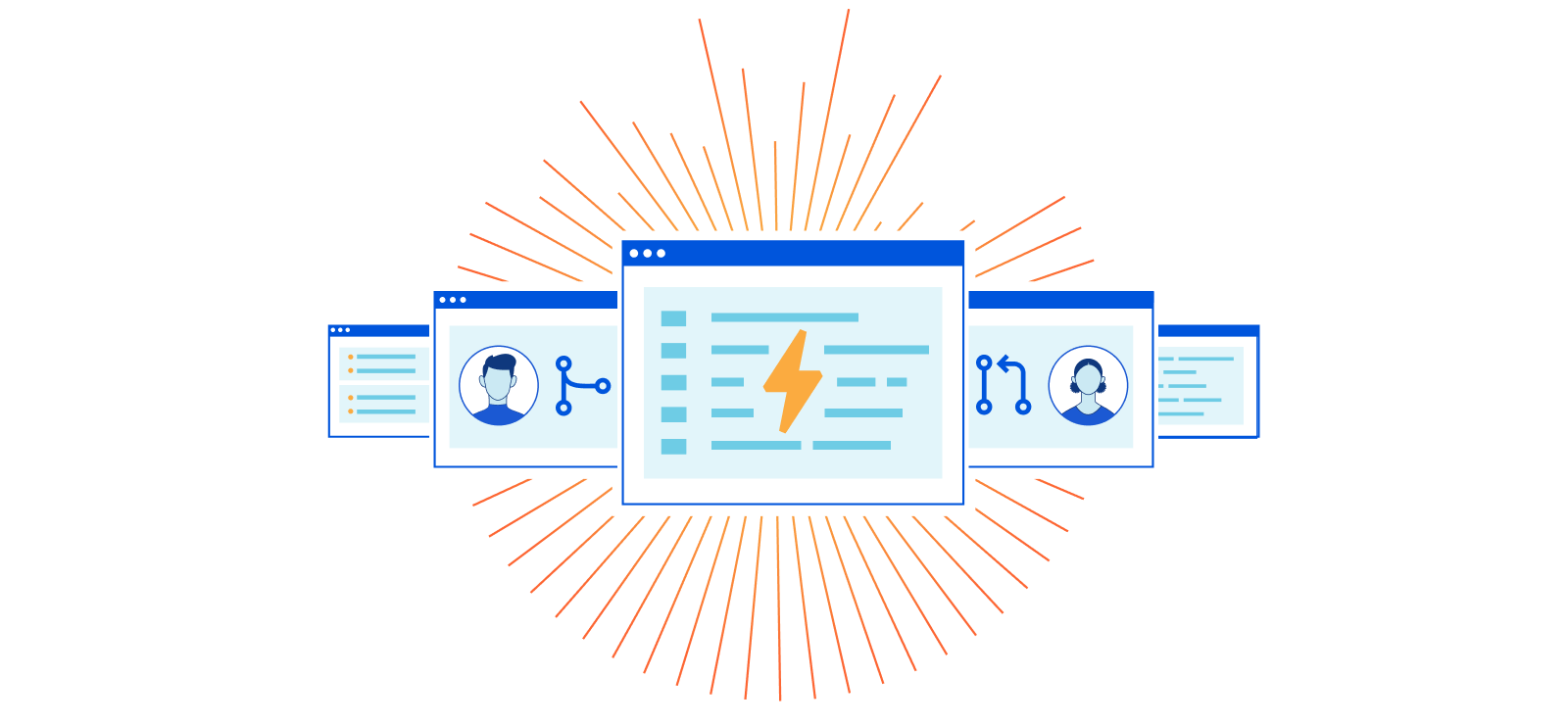
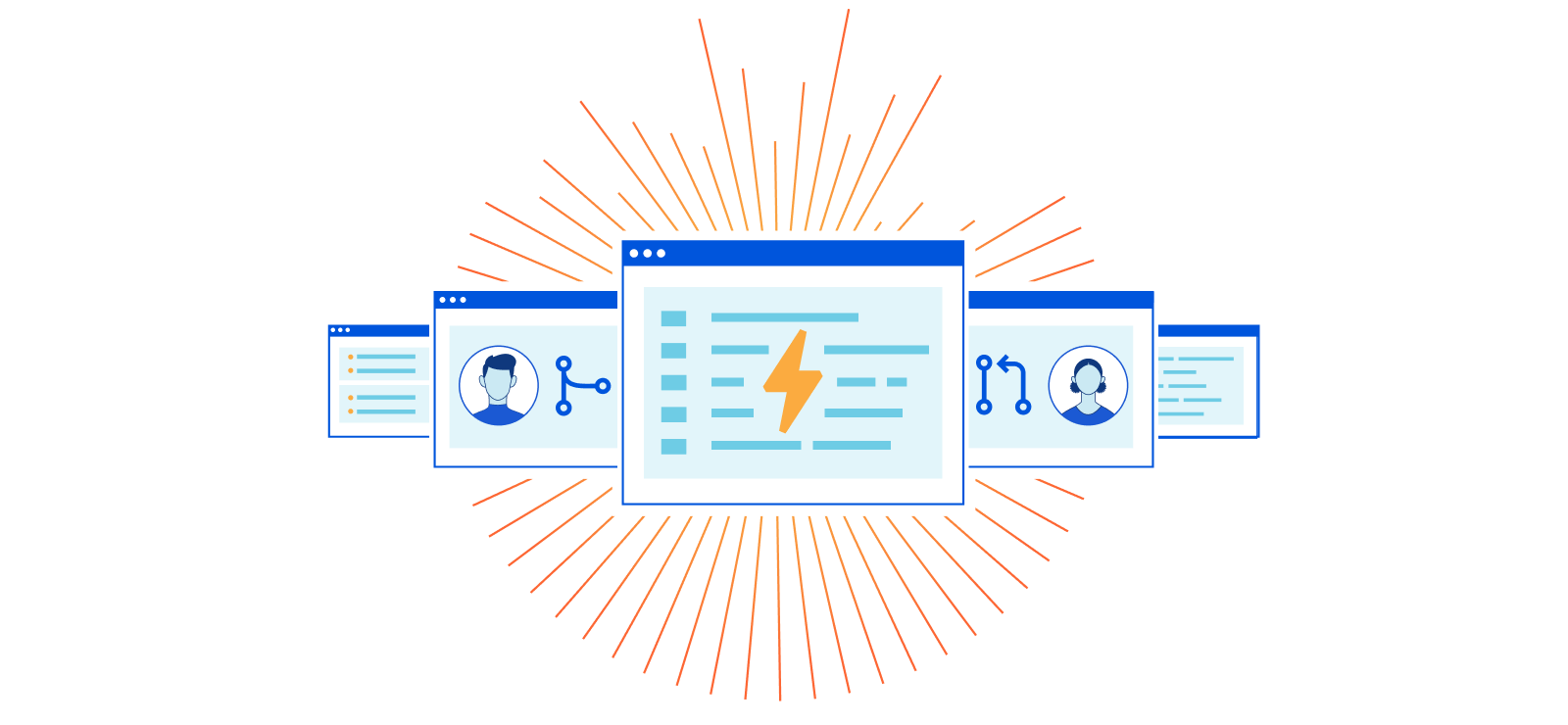
Until today, Cloudflare Workers has been a great solution to setting headers, but we wanted to create an even smoother developer experience. Today, we're excited to announce that Pages now natively supports custom headers on your projects! Simply create a _headers file in the build directory of your project and within it, define the rules you want to apply.
/developer-docs/*
X-Hiring: Looking for a job? We're hiring engineers
(https://www.cloudflare.com/careers/jobs)What can you set with custom headers?
Being able to set custom headers is useful for a variety of reasons — let’s explore some of your most popular use cases.
Search Engine Optimization (SEO)
When you create a Pages project, a pages.dev deployment is created for your project which enables you to get started immediately and easily preview changes as you iterate. However, we realize this poses an issue — publishing multiple copies of your website can harm your rankings in search engine results. One way to solve this is by disabling indexing on all pages.dev subdomains, but we see many using their pages.dev subdomain as their primary domain. With today’s announcement you can attach headers such as X-Robots-Tag to hint to Google and other search Continue reading
Sudan woke up without Internet
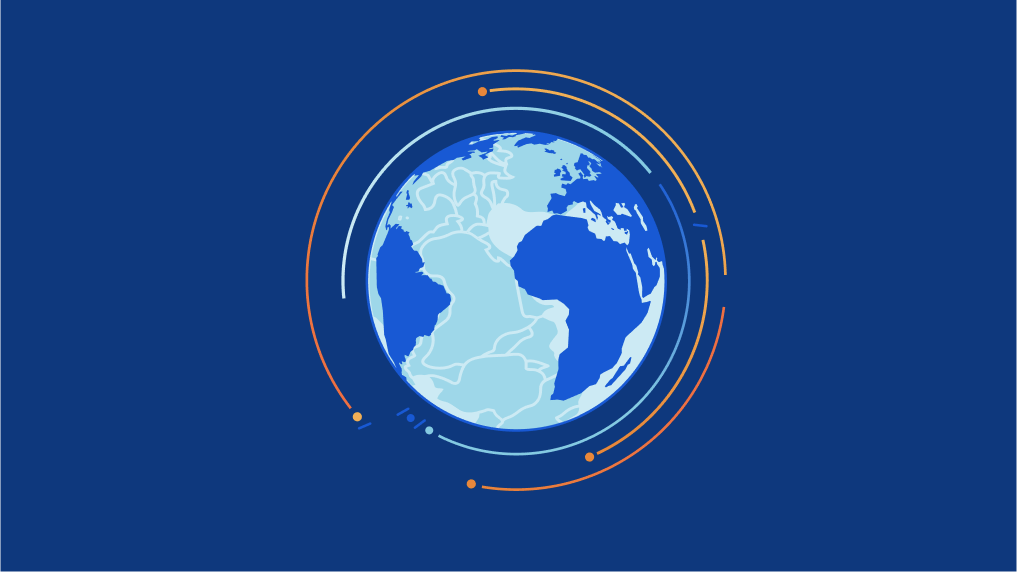
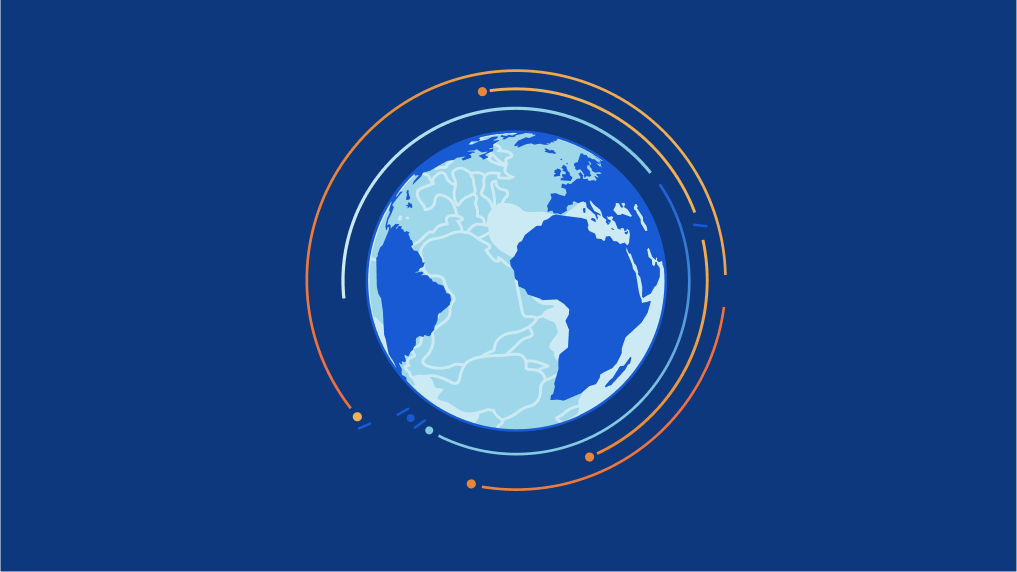
Today, October 25, following political turmoil, Sudan woke up without Internet access.
In our June blog, we talked about Sudan when the country decided to shut down the Internet to prevent cheating in exams.
Now, the disruption seems to be for other reasons. AP is reporting that "military forces ... detained at least five senior Sudanese government figures.". This afternoon (UTC) several media outlets confirmed that Sudan's military dissolved the transitional government in a coup that shut down mobile phone networks and Internet access.
Cloudflare Radar allows anyone to track Internet traffic patterns around the world. The dedicated page for Sudan clearly shows that this Monday, when the country was waking up, the Internet traffic went down and continued that trend through the afternoon (16:00 local time, 14:00 UTC).
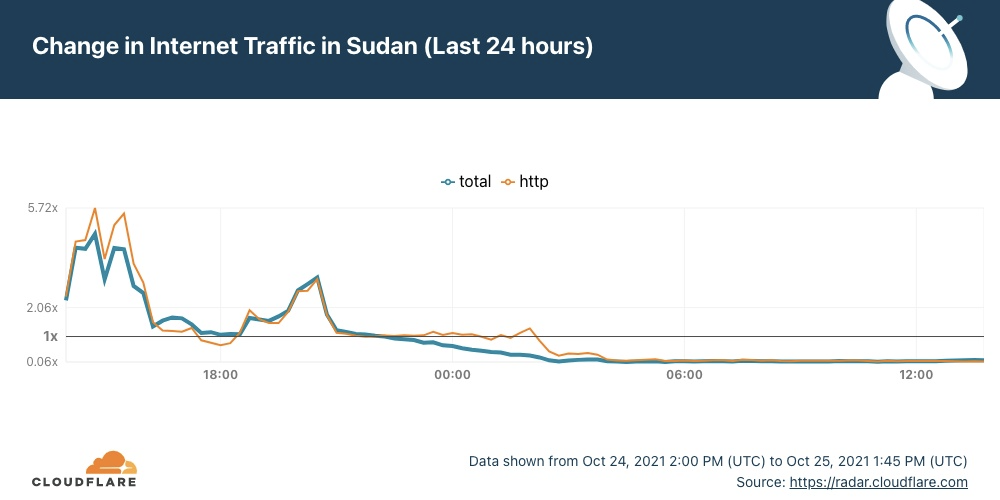
We dug in a little more on the HTTP traffic data. It usually starts increasing after 06:00 local time (04:00 UTC). But this Monday morning, traffic was flat, and the trend continued in the afternoon (there were no signs of the Internet coming back at 18:00 local time).

When comparing today with the last seven days' pattern, we see that today's drop is abrupt and unusual.
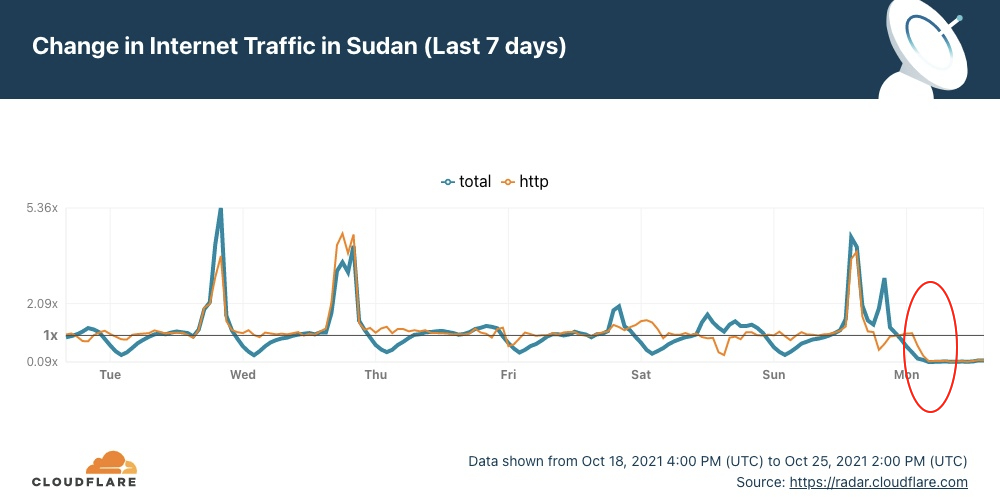
We can see Continue reading
Cloudflare Tunnel for Content Teams
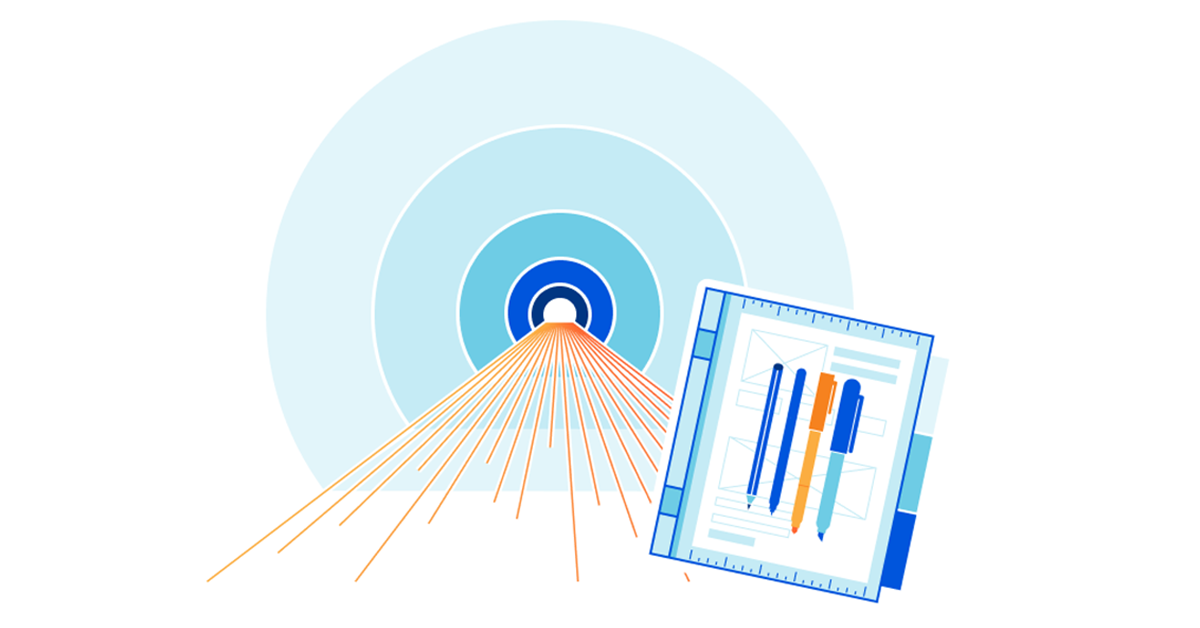
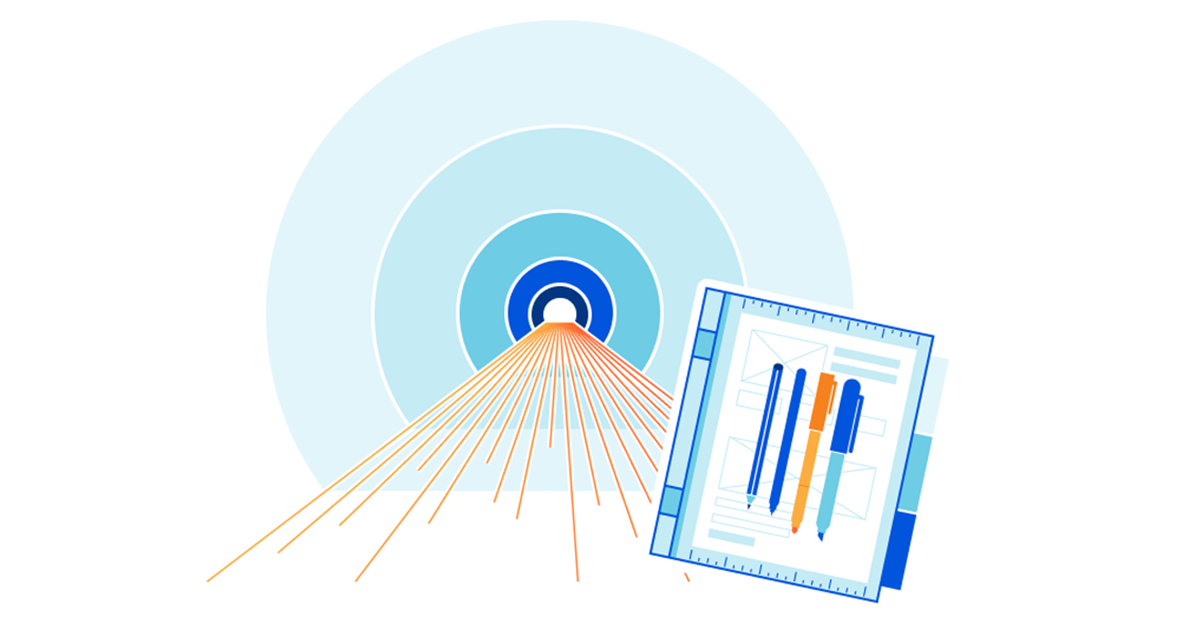
A big part of the job of a technical writer is getting feedback on the content you produce. Writing and maintaining product documentation is a deeply collaborative and cyclical effort — through constant conversation with product managers and engineers, technical writers ensure the content is clear and serves the user in the most effective way. Collaboration with other technical writers is also important to keep the documentation consistent with Cloudflare’s content strategy.
So whether we’re documenting a new feature or overhauling a big portion of existing documentation, sharing our writing with stakeholders before it’s published is quite literally half the work.
In my experience as a technical writer, the feedback I’ve received has been exponentially more impactful when stakeholders could see my changes in context. This is especially true for bigger and more strategic changes. Imagine I’m changing the structure of an entire section of a product’s documentation, or shuffling the order of pages in the navigation bar. It’s hard to guess the impact of those changes just by looking at the markdown files.
We writers check those changes in context by building a development server on our local machines. But sharing what we see locally with our stakeholders has Continue reading
Cloudflare for SaaS for All, now Generally Available!


During Developer Week a few months ago, we opened up the Beta for Cloudflare for SaaS: a one-stop shop for SaaS providers looking to provide fast load times, unparalleled redundancy, and the strongest security to their customers.
Since then, we’ve seen numerous developers integrate with our technology, allowing them to spend their time building out their solution instead of focusing on the burdens of running a fast, secure, and scalable infrastructure — after all, that’s what we’re here for.
Today, we are very excited to announce that Cloudflare for SaaS is generally available, so that every customer, big and small, can use Cloudflare for SaaS to continue scaling and building their SaaS business.
What is Cloudflare for SaaS?
If you’re running a SaaS company, you have customers that are fully reliant on you for your service. That means you’re responsible for keeping their domain fast, secure, and protected. But this isn’t simple. There’s a long checklist you need to get through to put a solution in your customers’ hands:
- Set up an origin server
- Encrypt your customers’ traffic
- Keep your customers online
- Boost the performance of global customers
- Support vanity domains
- Protect against attacks and bots
- Scale for growth
- Continue reading
Traffic Sequence: Which Product Runs First?
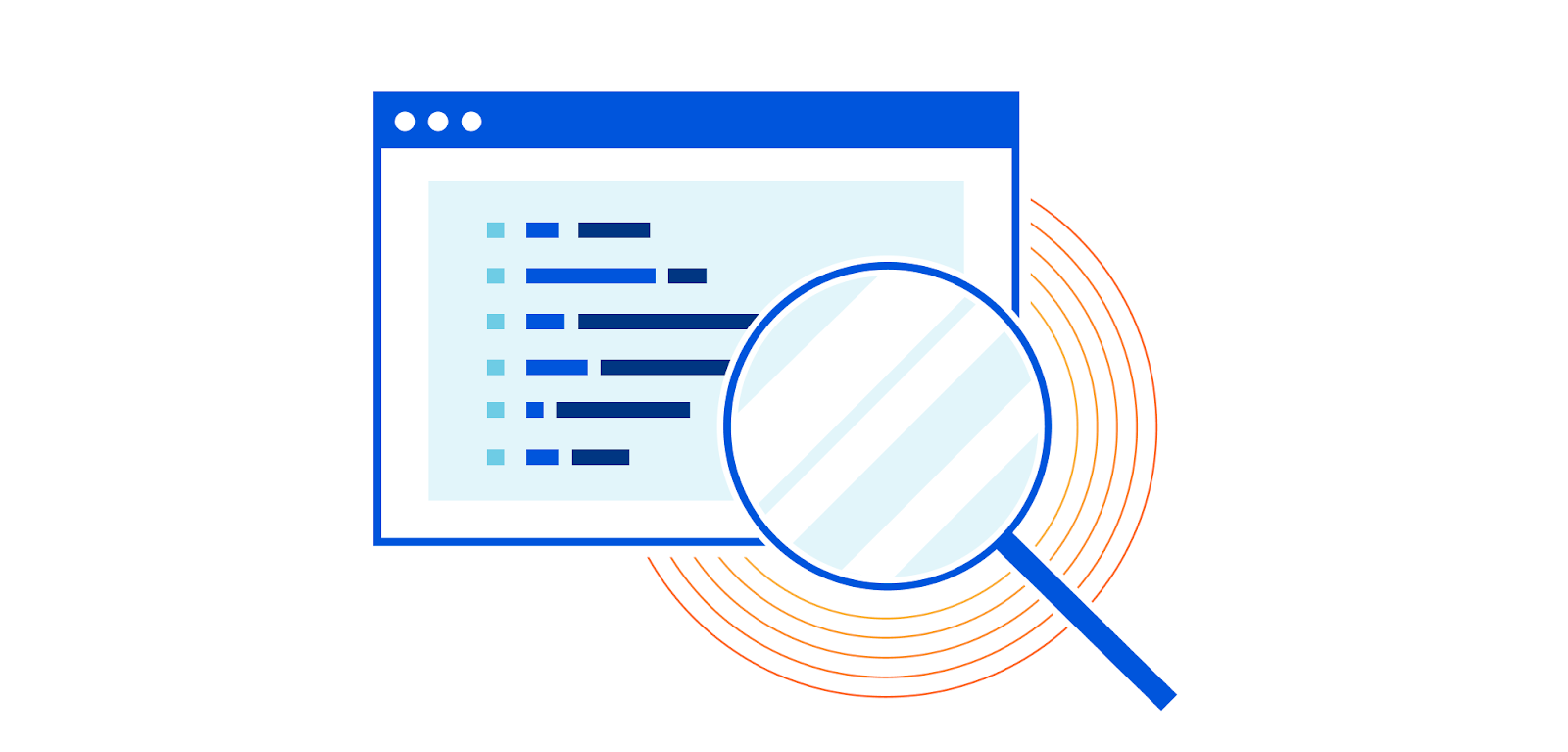
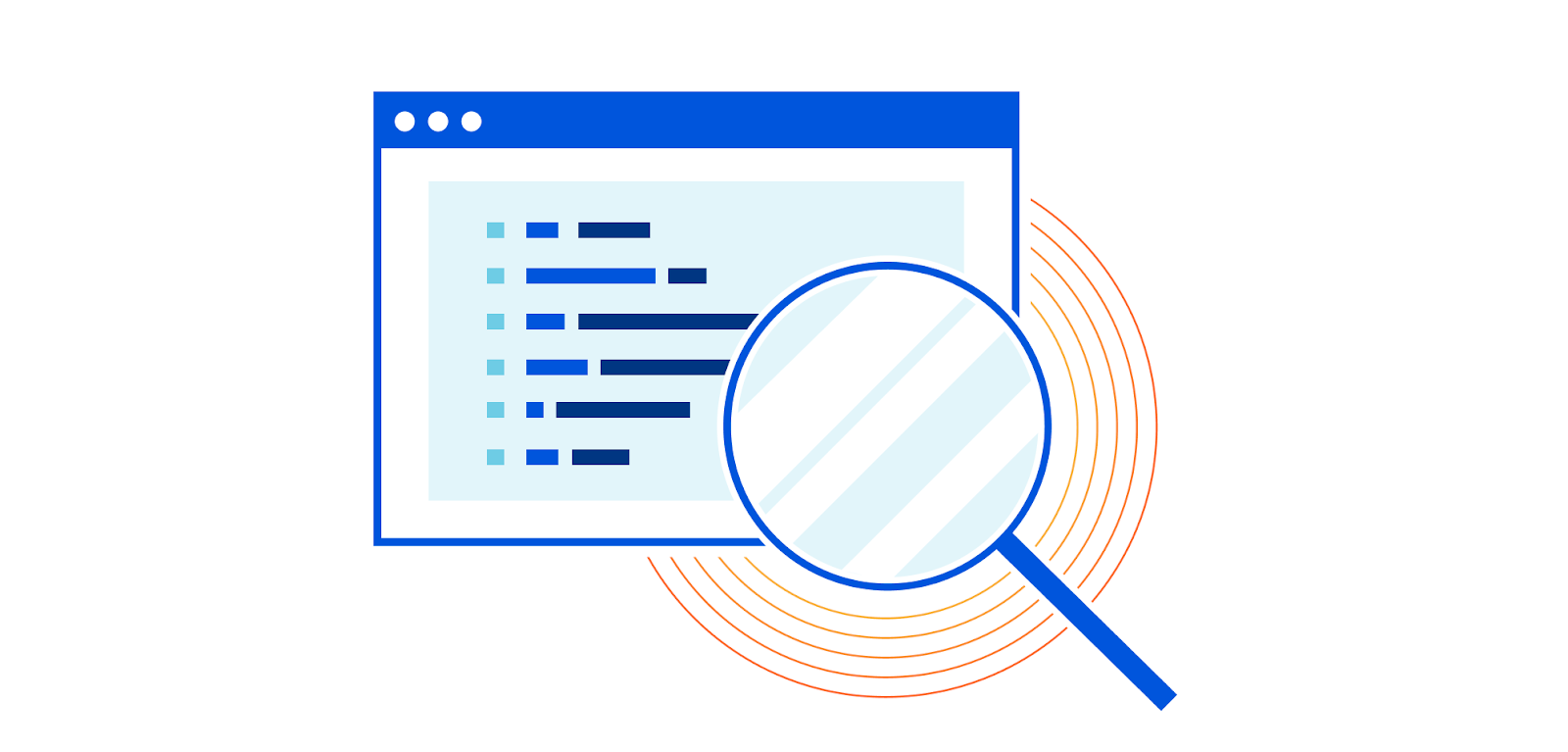
“Which came first, the chicken or the egg?” It’s one of life's great questions. There are hundreds of articles published which conclude with eggs predating chickens by millions of years. Unfortunately, Cloudflare users don't have New Scientist on hand to answer similar questions.
Which runs first, Firewall Rules or Workers? Page Rules or Transform Rules? Whilst not as philosophically challenging, the answers to these questions are key to setting up your Cloudflare zone correctly. Answering them has become increasingly difficult as more and more functionality is added, thanks to our incredible rate of shipping products. What was once a relatively easy to understand traffic flow exploded in complexity with the introduction of products such as Workers, Load Balancing Rules and Transform Rules. And this big bang of product announcements is only accelerating each year.
To begin addressing this problem, we developed Traffic Sequence. Traffic Sequence is a simple dashboard illustration which shows a default, high-level overview of how Cloudflare products interact. Think of this as your atlas, rather than your black cab driver’s “Knowledge”. This helps you understand that London is in the south east of the UK, but not that it's quicker to walk than use Continue reading
Getting Cloudflare Tunnels to connect to the Cloudflare Network with QUIC


I work on Cloudflare Tunnel, which lets customers quickly connect their private services and networks through the Cloudflare network without having to expose their public IPs or ports through their firewall. Tunnel is managed for users by cloudflared, a tool that runs on the same network as the private services. It proxies traffic for these services via Cloudflare, and users can then access these services securely through the Cloudflare network.
Recently, I was trying to get Cloudflare Tunnel to connect to the Cloudflare network using a UDP protocol, QUIC. While doing this, I ran into an interesting connectivity problem unique to UDP. In this post I will talk about how I went about debugging this connectivity issue beyond the land of firewalls, and how some interesting differences between UDP and TCP came into play when sending network packets.
How does Cloudflare Tunnel work?

cloudflared works by opening several connections to different servers on the Cloudflare edge. Currently, these are long-lived TCP-based connections proxied over HTTP/2 frames. When Cloudflare receives a request to a hostname, it is proxied through these connections to the local service behind cloudflared.
While our HTTP/2 protocol mode works great, we’d like to improve a Continue reading
Zero Trust — Not a Buzzword
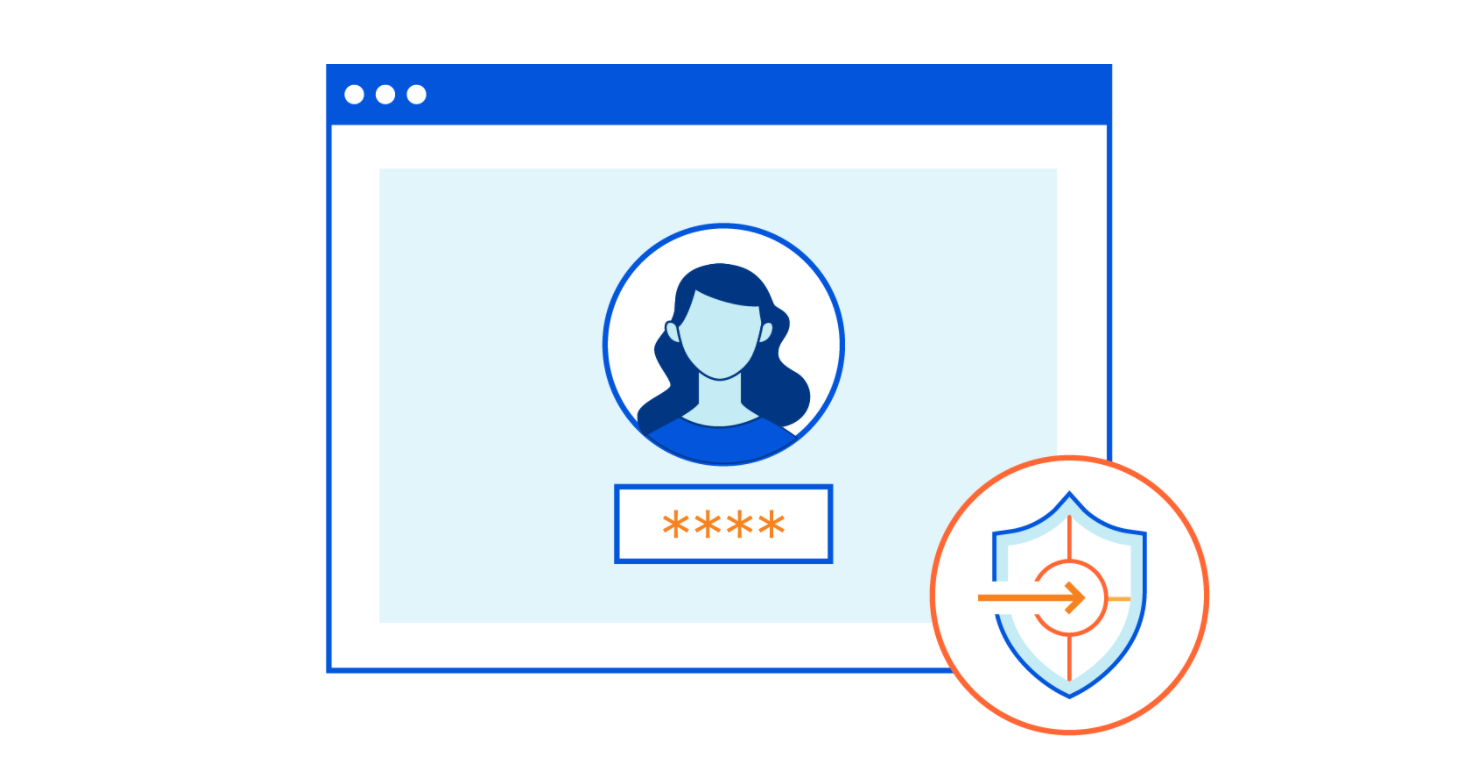
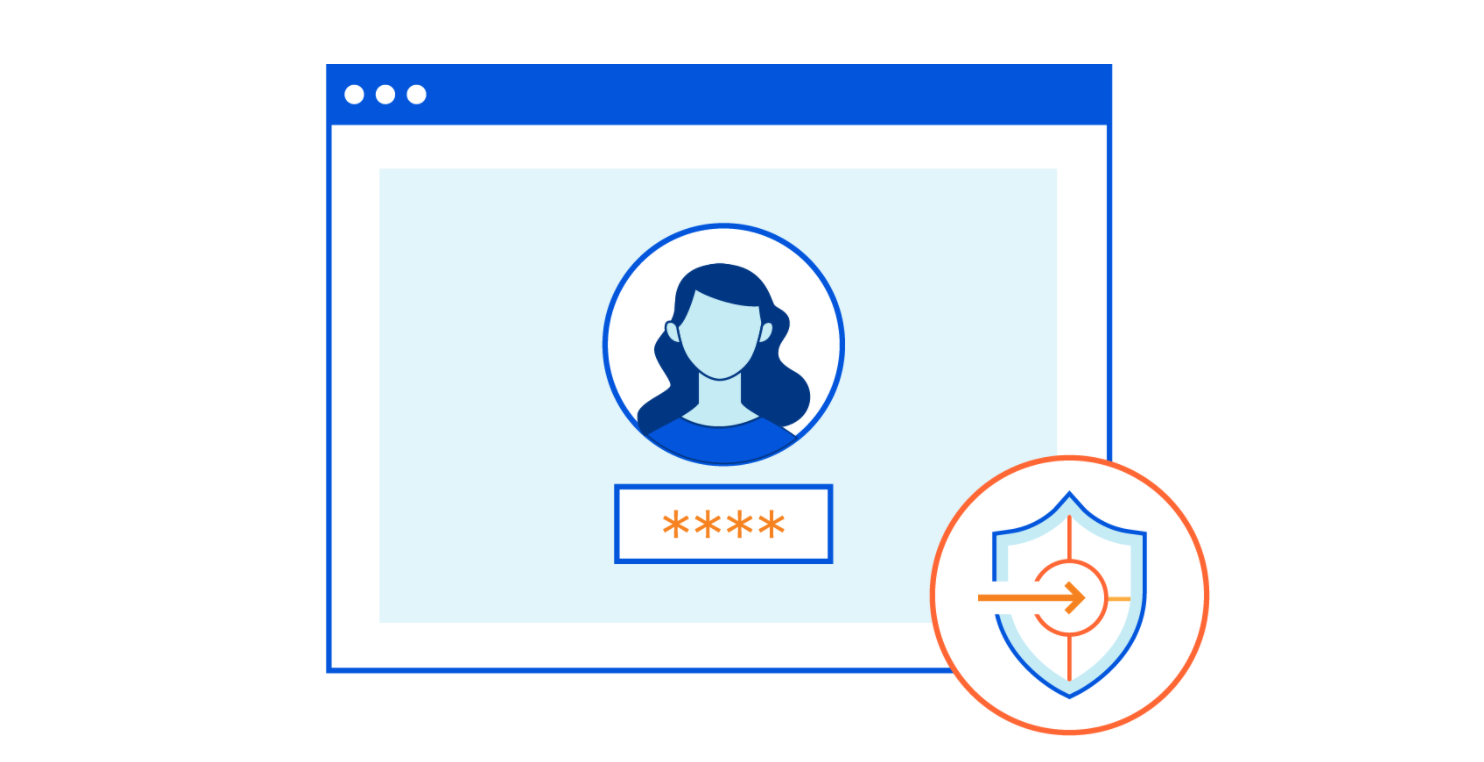
Over the last few years, Zero Trust, a term coined by Forrester, has picked up a lot of steam. Zero Trust, at its core, is a network architecture and security framework focusing on not having a distinction between external and internal access environments, and never trusting users/roles.
In the Zero Trust model, the network only delivers applications and data to authenticated and authorized users and devices, and gives organisations visibility into what is being accessed and to apply controls based on behavioral analysis. It gained popularity as the media reported on several high profile breaches caused by misuse, abuse or exploitation of VPN systems, breaches into end-users’ devices with access to other systems within the network, or breaches through third parties — either by exploiting access or compromising software repositories in order to deploy malicious code. This would later be used to provide further access into internal systems, or to deploy malware and potentially ransomware into environments well within the network perimeter.
When we first started talking to CISOs about Zero Trust, it felt like it was just a buzzword, and CISOs were bombarded with messaging from different cybersecurity vendors offering them Zero Trust solutions. Recently, another term, SASE (Secure Continue reading
Backwards-compatibility in Cloudflare Workers
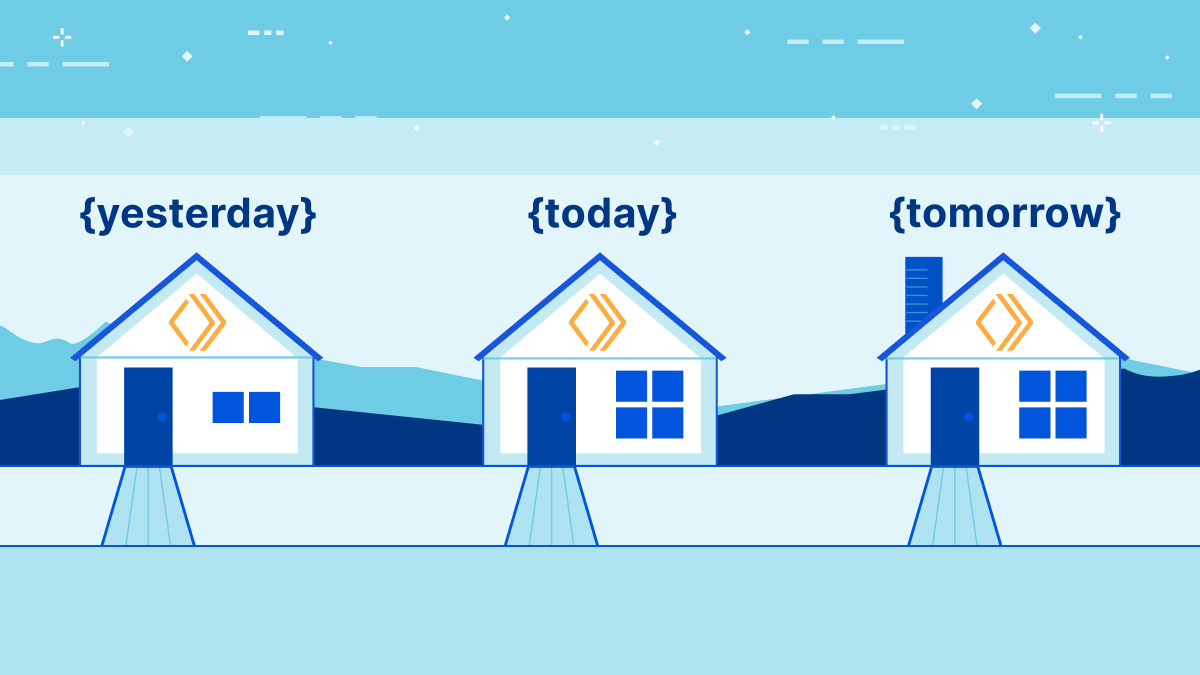
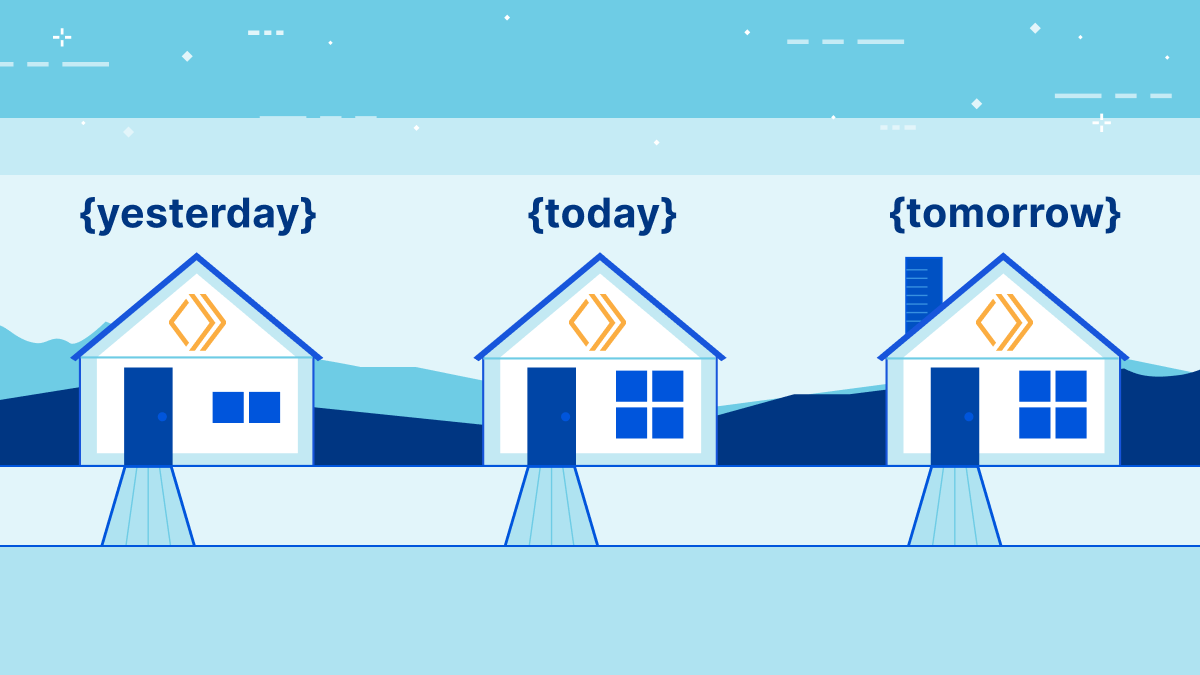
Cloudflare Workers is our serverless platform that runs your code in 250+ cities worldwide.
On the Workers team, we have a policy:
A change to the Workers Runtime must never break an application that is live in production.
It seems obvious enough, but this policy has deep consequences. What if our API has a bug, and some deployed Workers accidentally depend on that bug? Then, seemingly, we can't fix the bug! That sounds… bad?
This post will dig deeper into our policy, explaining why Workers is different from traditional server stacks in this respect, and how we're now making backwards-incompatible changes possible by introducing "compatibility dates".
TL;DR: Developers may now opt into backwards-incompatible fixes by setting a compatibility date.
Serverless demands strict compatibility
Workers is a serverless platform, which means we maintain the server stack for you. You do not have to manage the runtime version, you only manage your own code. This means that when we update the Workers Runtime, we update it for everyone. We do this at least once a week, sometimes more.
This means that if a runtime upgrade breaks someone's application, it's really bad. The developer didn't make any change, so won't be watching for Continue reading
Crawler Hints Update: Cloudflare Supports IndexNow and Announces General Availability
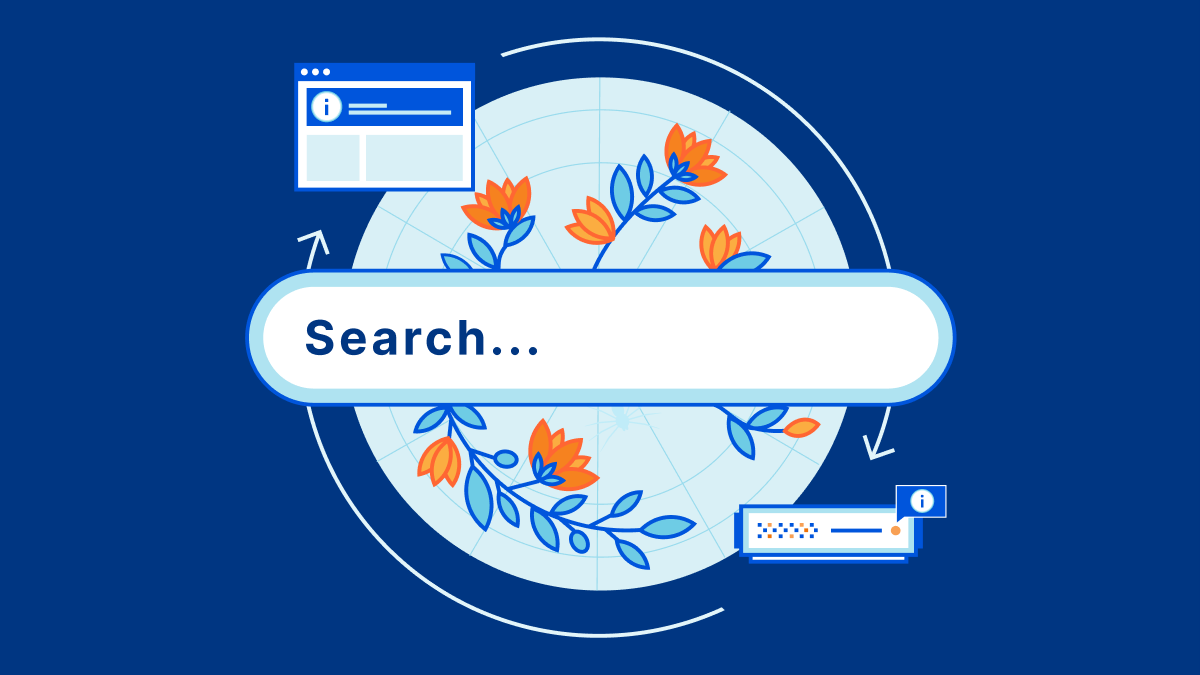

In the midst of the hottest summer on record, Cloudflare held its first ever Impact Week. We announced a variety of products and initiatives that aim to make the Internet and our planet a better place, with a focus on environmental, social, and governance projects. Today, we’re excited to share an update on Crawler Hints, an initiative announced during Impact Week. Crawler Hints is a service that improves the operating efficiency of the approximately 45% of Internet traffic that comes from web crawlers and bots.
Crawler Hints achieves this efficiency improvement by ensuring that crawlers get information about what they’ve crawled previously and if it makes sense to crawl a website again.
Today we are excited to announce two updates for Crawler Hints:
- The first: Crawler Hints now supports IndexNow, a new protocol that allows websites to notify search engines whenever content on their website content is created, updated, or deleted. By collaborating with Microsoft and Yandex, Cloudflare can help improve the efficiency of their search engine infrastructure, customer origin servers, and the Internet at large.
- The second: Crawler Hints is now generally available to all Cloudflare customers for free. Customers can benefit from these more Continue reading
Tunnel: Cloudflare’s Newest Homeowner
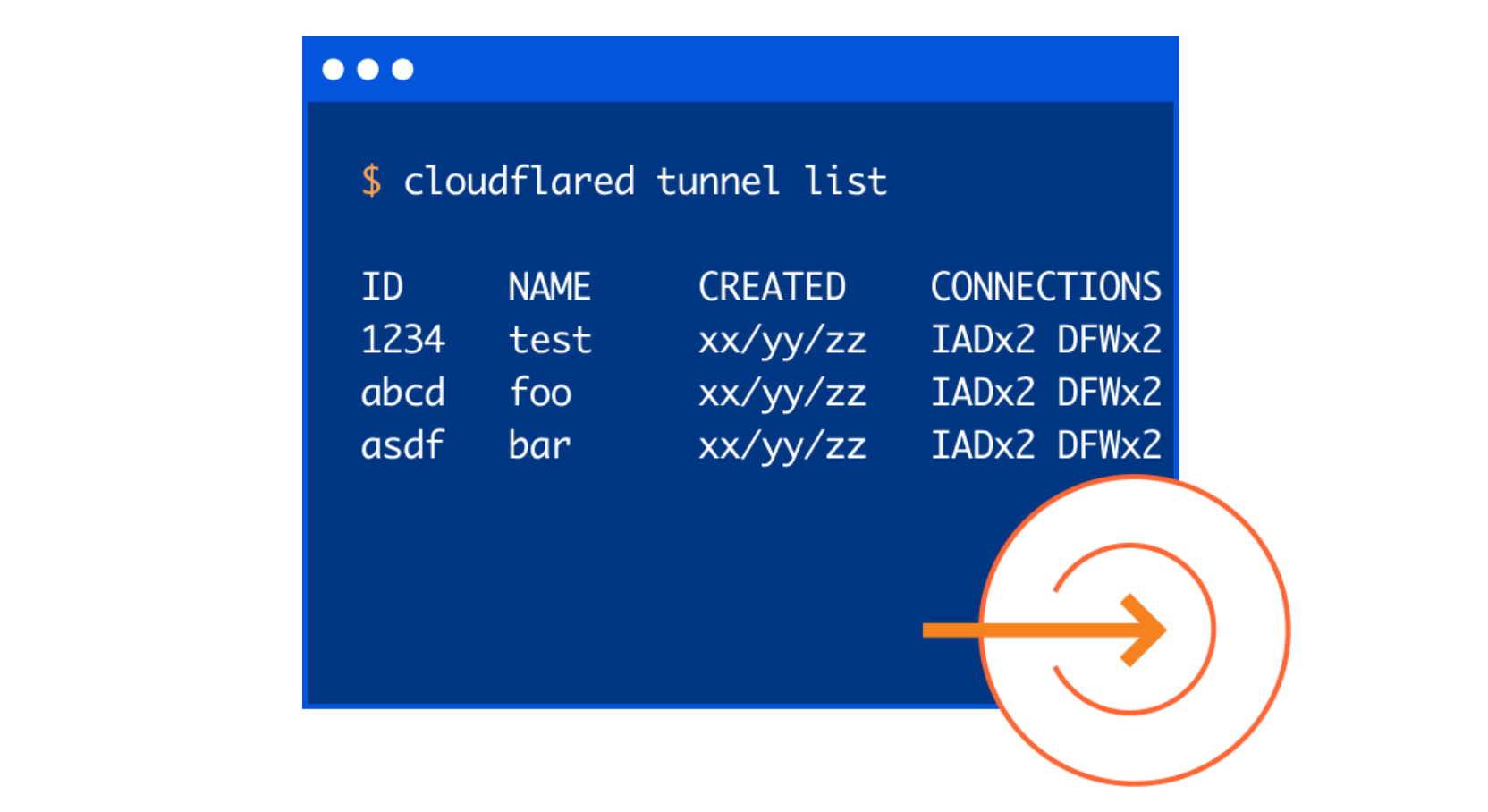
Cloudflare Tunnel connects your infrastructure to Cloudflare. Your team runs a lightweight connector in your environment, cloudflared, and services can reach Cloudflare and your audience through an outbound-only connection without the need for opening up holes in your firewall.

Whether the services are internal apps protected with Zero Trust policies, websites running in Kubernetes clusters in a public cloud environment, or a hobbyist project on a Raspberry Pi — Cloudflare Tunnel provides a stable, secure, and highly performant way to serve traffic.
Starting today, with our new UI in the Cloudflare for Teams Dashboard, users who deploy and manage Cloudflare Tunnel at scale now have easier visibility into their tunnels’ status, routes, uptime, connectors, cloudflared version, and much more. On the Teams Dashboard you will also find an interactive guide that walks you through setting up your first tunnel.
Getting Started with Tunnel
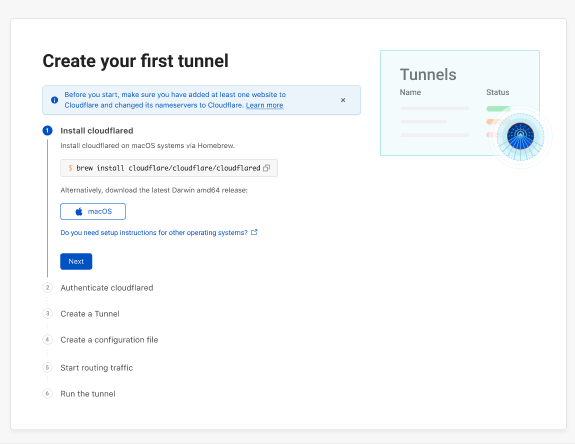
We wanted to start by making the tunnel onboarding process more transparent for users. We understand that not all users are intimately familiar with the command line nor are they deploying tunnel in an environment or OS they’re most comfortable with. To alleviate that burden, we designed a comprehensive onboarding guide with pathways for MacOS, Continue reading
Introducing Cloudflare’s Technology Partner Program
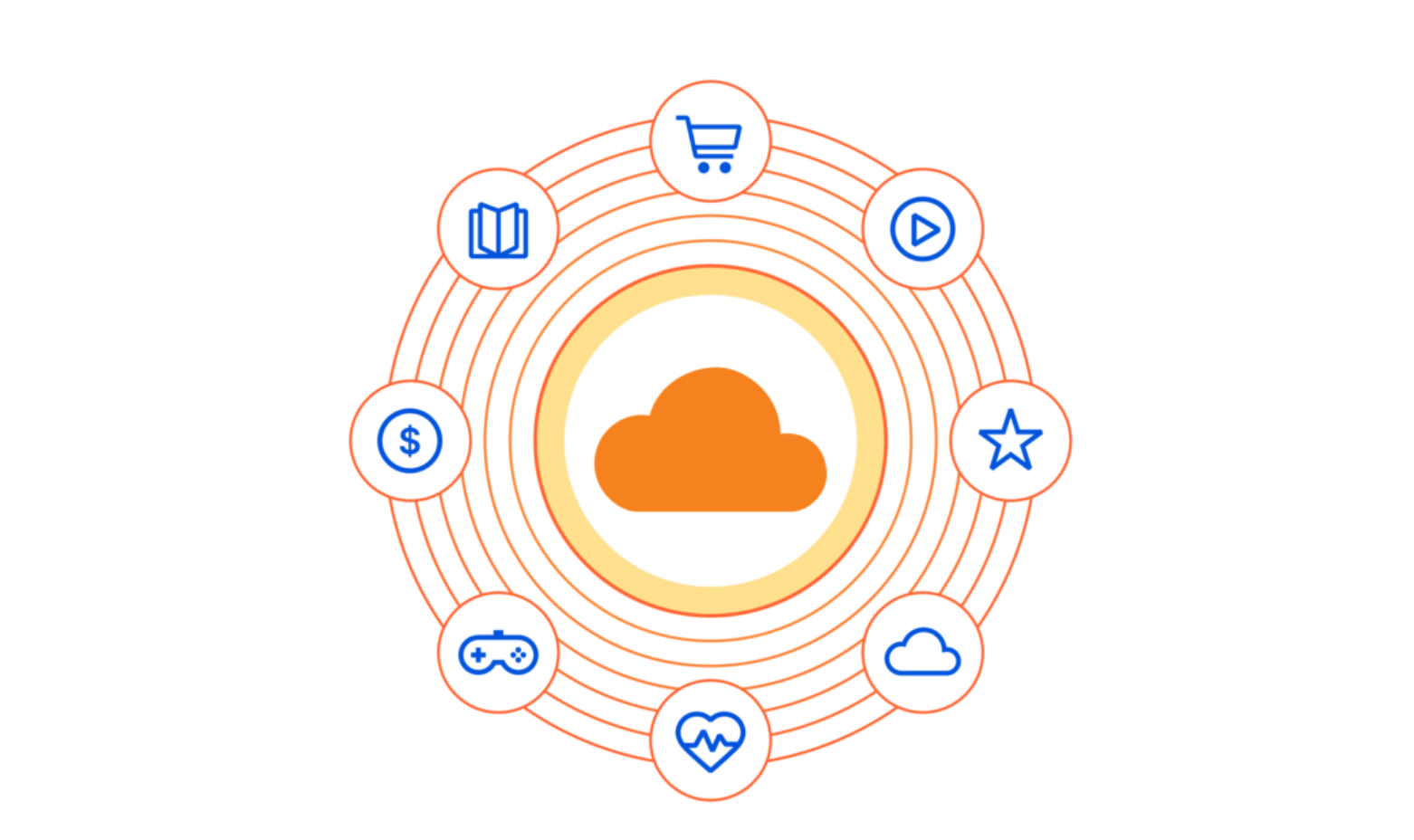
The Internet is built on a series of shared protocols, all working in harmony to deliver the collective experience that has changed the way we live and work. These open standards have created a platform such that a myriad of companies can build unique services and products that work together seamlessly. As a steward and supporter of an open Internet, we aspire to provide an interoperable platform that works with all the complementary technologies that our customers use across their technology stack. This has been the guiding principle for the multiple partnerships we have launched over the last few years.
One example is our Bandwidth Alliance — launched in 2018, this alliance with 18 cloud and storage providers aims to reduce egress fees, also known as data transfer fees, for our customers. The Bandwidth Alliance has broken the norms of the cloud industry so that customers can move data more freely. Since then, we have launched several technology partner programs with over 40+ partners, including:
- Analytics — Visualize Cloudflare logs and metrics easily, and help customers better understand events and trends from websites and applications on the Cloudflare network.
- Network Interconnect — Partnerships with best-in-class Interconnection platforms offer private, Continue reading
Kicking Off Cloudflare’s Summer 2022 Internship Program
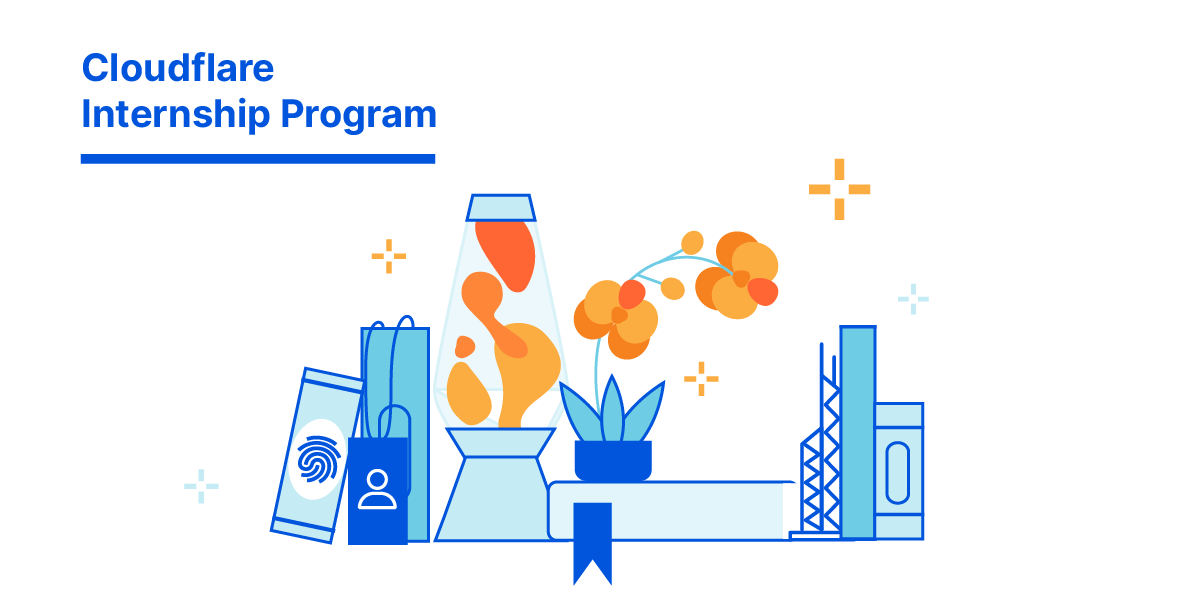
Fall is my favorite season for numerous reasons: the change in temperature, pumpkin spice flavored...everything, and of course, the start of the university recruitment cycle. I am excited to announce Cloudflare has begun hiring for our Summer 2022 internship program. We just opened many of our internship roles on our careers website and will begin reviewing applications on a rolling basis. We are looking for Software Engineer, Product Management, Research, Data Science interns and more. We also have a host of virtual events and tech talks to engage prospective students throughout October and November. Find our event lineup below and RSVP through the attached links by clicking on the event titles.
| Date | Time | |
|---|---|---|
| Inside Look: Hiring Software Engineering Interns and New Grads | October 15, 2021 | 10:00-10:45 PT |
| Inside Look: Cloudflare’s Intern Hiring Process | October 19, 2021 | 11:15-12:00 PT |
| Inside Look: Nativeflare | October 27, 2021 | 10:45-11:30 PT |
| Inside Look: Cloudflare’s Intern Experiences | October 28, 2021 | 13:00-13:45 PT |
| Inside Look: Cloudflare’s Culture | November 11, 2021 | 13:00-13:30 PT |
*We have many more events coming up later in the fall and early spring 2022, join our community here for news and updates from us!
In September, Cloudflare kicked off our fall Continue reading
“Look, Ma, no probes!” — Characterizing CDNs’ latencies with passive measurement


Something that comes up a lot at Cloudflare is how well our network and systems are performing. Like many service providers, we need to be engaged in a constant process of introspection to evaluate aspects of Cloudflare’s service with respect to customers, within our own network and systems and, as was the case in a recent blog post, the clients (such as web browsers). Many of these questions are obvious, but answering them is decisive in opening paths to new and improved services. The important point here is that it’s relatively straightforward to monitor and assess aspects of our service we can see or measure directly.
However, for certain aspects of our performance we may not have access to the necessary data, for a number of reasons. For instance, the data sources may be outside our network perimeter, or we may avoid collecting certain measurements that would violate the privacy of end users. In particular, the questions below are important to gain a better understanding of our performance, but harder to answer due to limitations in data availability:
- How much better (or worse!) are we doing compared to other service providers (CDNs) by being in certain locations?
- Can Continue reading
Multi-User IP Address Detection
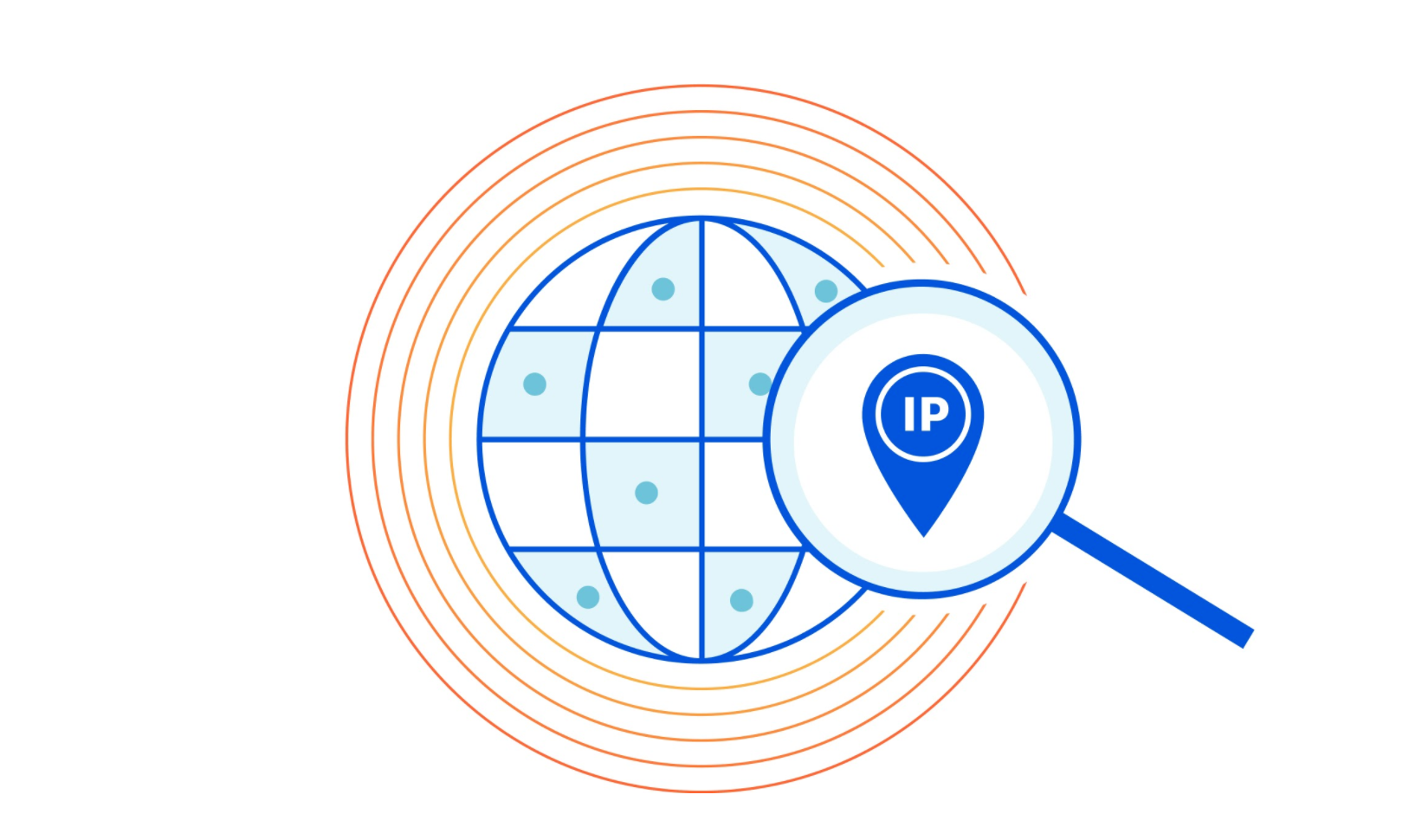
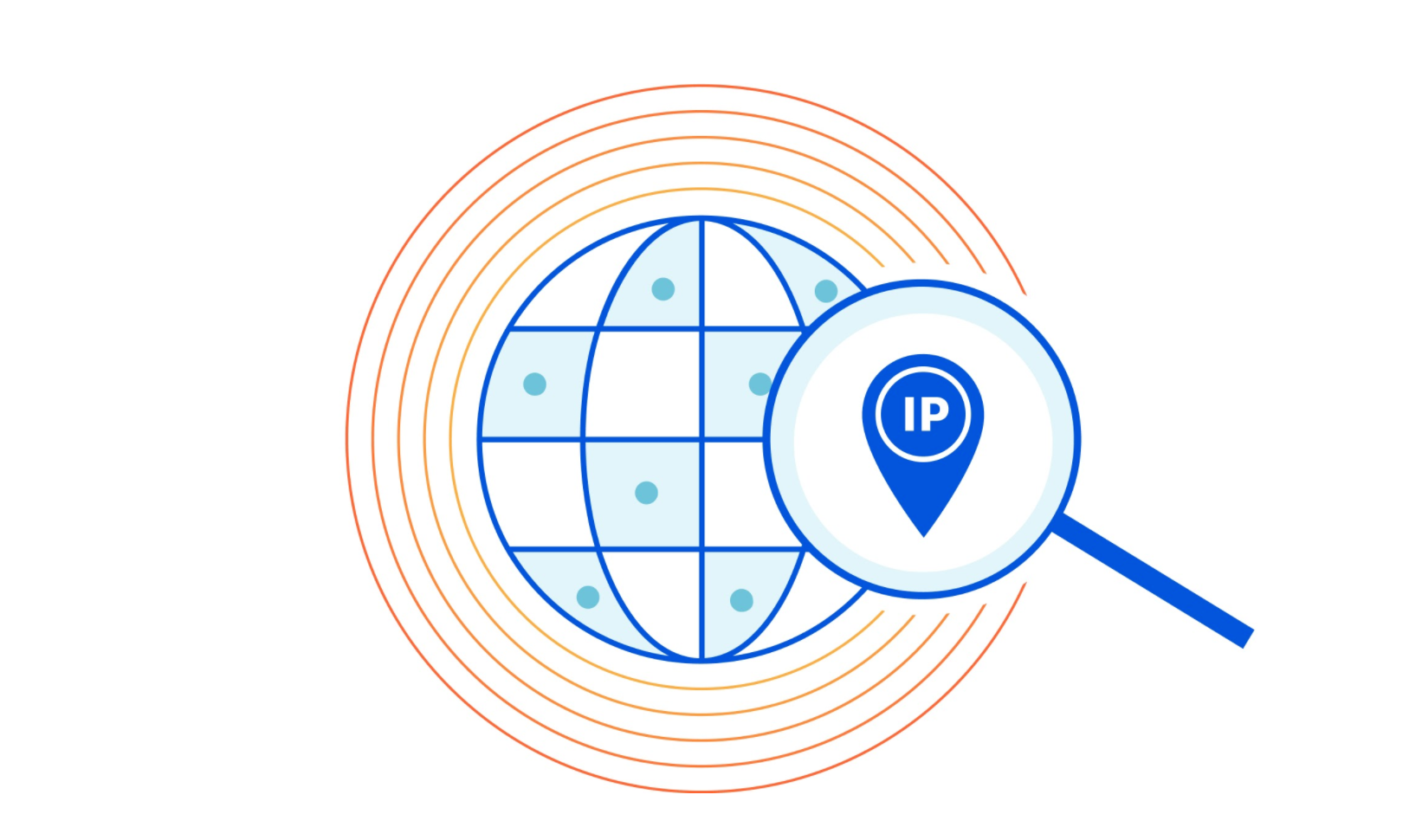
Cloudflare provides our customers with security tools that help them protect their Internet applications against malicious or undesired traffic. Malicious traffic can include scraping content from a website, spamming form submissions, and a variety of other cyberattacks. To protect themselves from these types of threats while minimizing the blocking of legitimate site visitors, Cloudflare’s customers need to be able to identify traffic that might be malicious.
We know some of our customers rely on IP addresses to distinguish between traffic from legitimate users and potentially malicious users. However, in many cases the IP address of a request does not correspond to a particular user or even device. Furthermore, Cloudflare believes that in the long term, the IP address will be an even more unreliable signal for identifying the origin of a request. We envision a day where IP will be completely unassociated with identity. With that vision in mind, multi-user IP address detection represents our first step: pointing out situations where the IP address of a request cannot be assumed to be a single user. This gives our customers the ability to make more judicious decisions when responding to traffic from an IP address, instead of indiscriminately treating that traffic Continue reading
Geo Key Manager: Setting up a service for scale
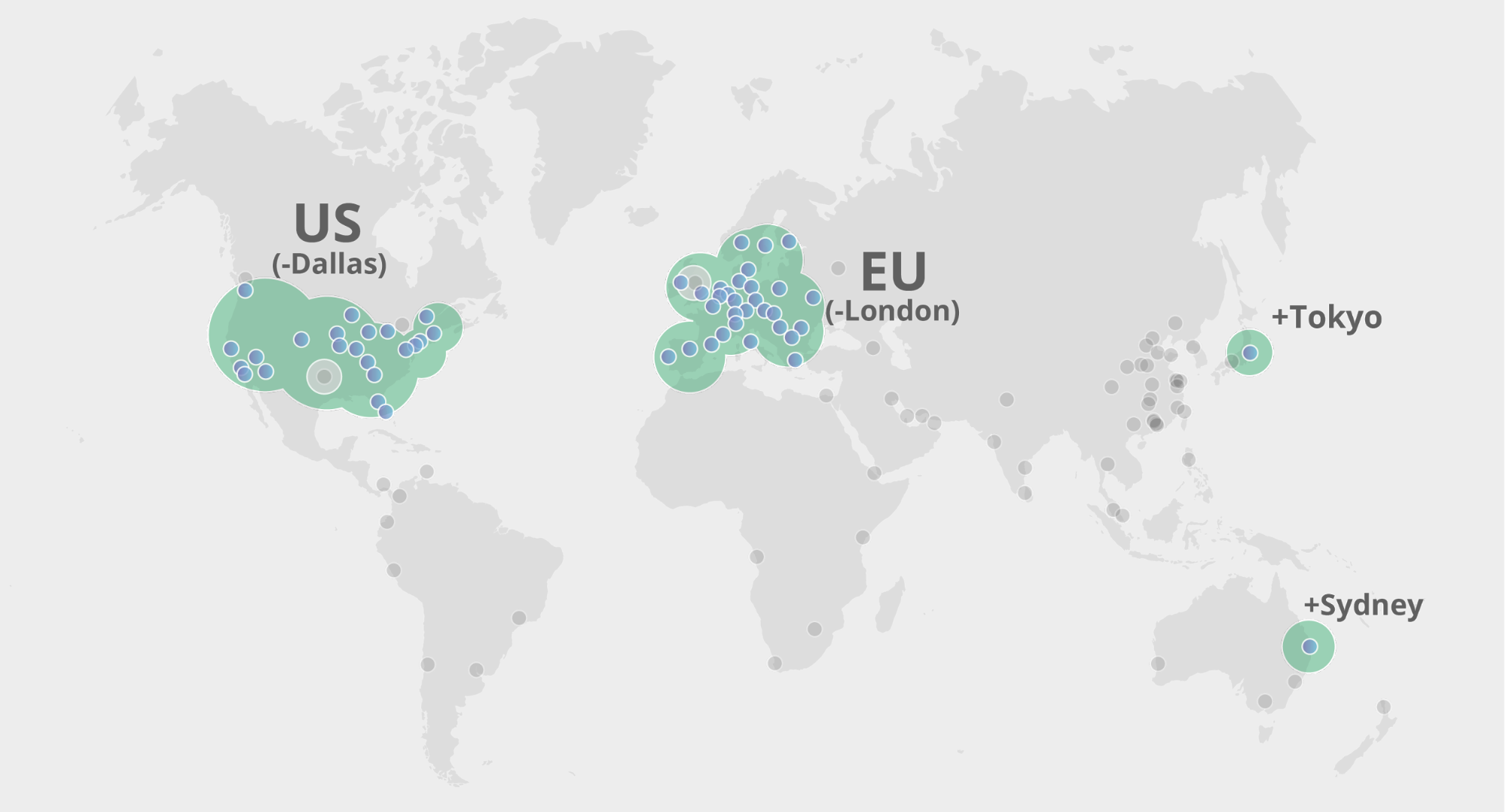
In 2017, we launched Geo Key Manager, a service that allows Cloudflare customers to choose where they store their TLS certificate private keys. For example, if a US customer only wants its private keys stored in US data centers, we can make that happen. When a user from Tokyo makes a request to this website or API, it first hits the Tokyo data center. As the Tokyo data center lacks access to the private key, it contacts a data center in the US to terminate the TLS request. Once the TLS session is established, the Tokyo data center can serve future requests. For a detailed description of how this works, refer to this post on Geo Key Manager.
This is a story about the evolution of systems in response to increase in scale and scope. Geo Key Manager started off as a small research project and, as it got used more and more, wasn’t scaling as well as we wanted it to. This post describes the challenges Geo Key Manager is facing today, particularly from a networking standpoint, and some of the steps along its way to a truly scalable service.
Geo Key Manager started out as a research Continue reading
Privacy-Preserving Compromised Credential Checking

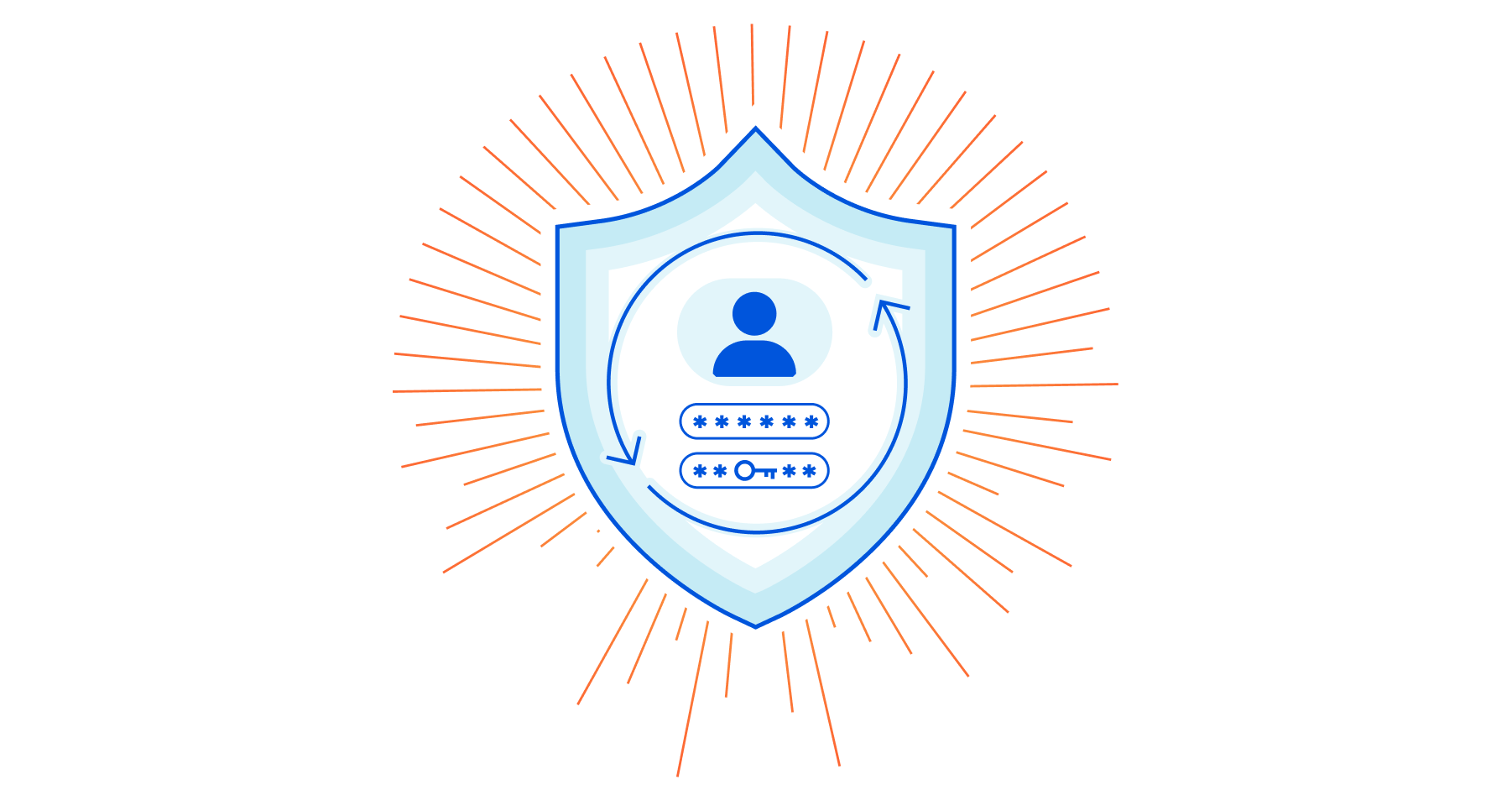
Today we’re announcing a public demo and an open-sourced Go implementation of a next-generation, privacy-preserving compromised credential checking protocol called MIGP (“Might I Get Pwned”, a nod to Troy Hunt’s “Have I Been Pwned”). Compromised credential checking services are used to alert users when their credentials might have been exposed in data breaches. Critically, the ‘privacy-preserving’ property of the MIGP protocol means that clients can check for leaked credentials without leaking any information to the service about the queried password, and only a small amount of information about the queried username. Thus, not only can the service inform you when one of your usernames and passwords may have become compromised, but it does so without exposing any unnecessary information, keeping credential checking from becoming a vulnerability itself. The ‘next-generation’ property comes from the fact that MIGP advances upon the current state of the art in credential checking services by allowing clients to not only check if their exact password is present in a data breach, but to check if similar passwords have been exposed as well.
For example, suppose your password last year was amazon20\$, and you change your password each year (so your current password is amazon21\$). Continue reading
Unbuckling the narrow waist of IP: Addressing Agility for Names and Web Services
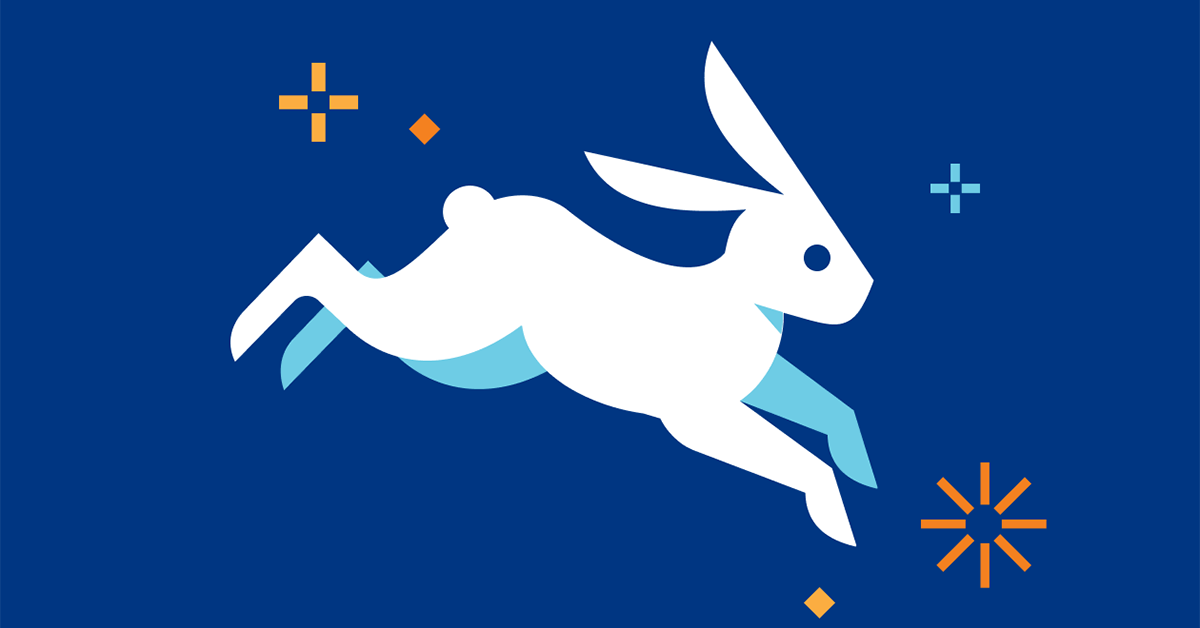
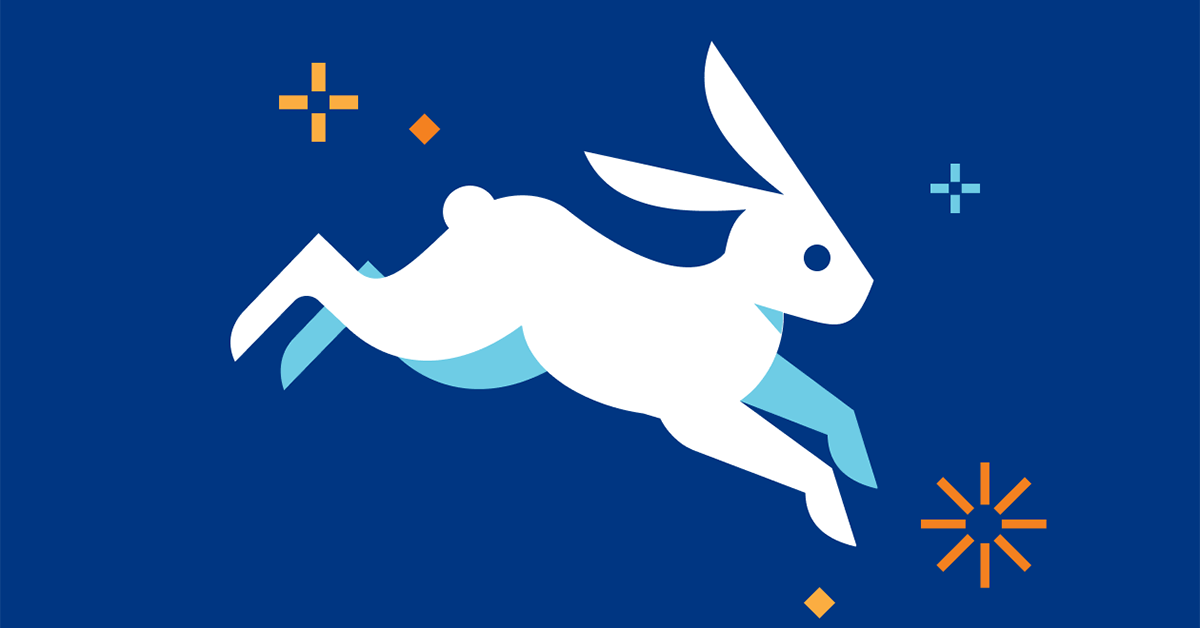
At large operational scales, IP addressing stifles innovation in network- and web-oriented services. For every architectural change, and certainly when starting to design new systems, the first set of questions we are forced to ask are:
- Which block of IP addresses do or can we use?
- Do we have enough in IPv4? If not, where or how can we get them?
- How do we use IPv6 addresses, and does this affect other uses of IPv6?
- Oh, and what careful plan, checks, time, and people do we need for migration?
Having to stop and worry about IP addresses costs time, money, resources. This may sound surprising, given the visionary and resilient advent of IP, 40+ years ago. By their very design, IP addresses should be the last thing that any network has to think about. However, if the Internet has laid anything bare, it’s that small or seemingly unimportant weaknesses — often invisible or impossible to see at design time — always show up at sufficient scale.
One thing we do know: “more addresses” should never be the answer. In IPv4 that type of thinking only contributes to their scarcity, driving up further their market prices. IPv6 is absolutely necessary, Continue reading
Research Directions in Password Security
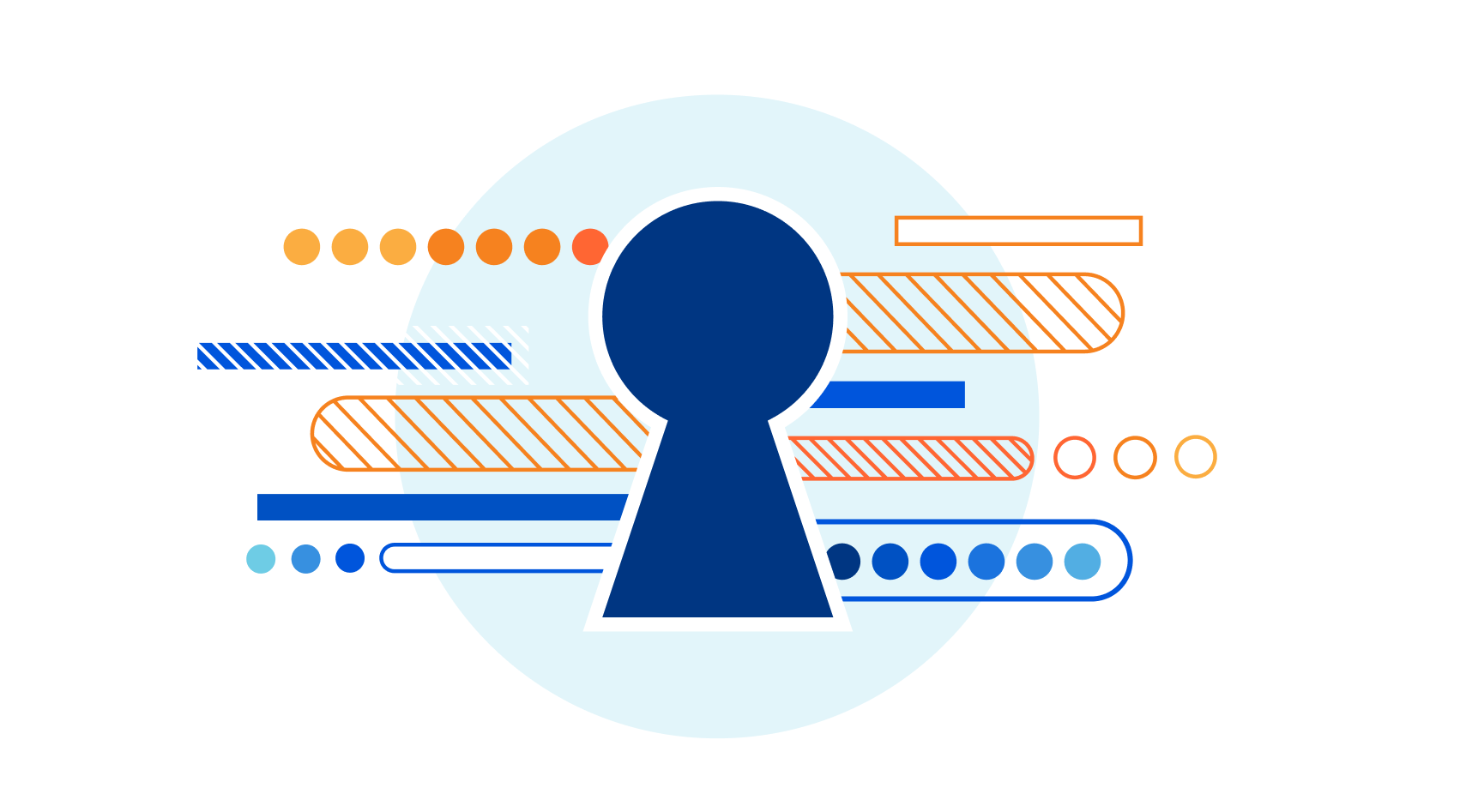

As Internet users, we all deal with passwords every day. With so many different services, each with their own login systems, we have to somehow keep track of the credentials we use with each of these services. This situation leads some users to delegate credential storage to password managers like LastPass or a browser-based password manager, but this is far from universal. Instead, many people still rely on old-fashioned human memory, which has its limitations — leading to reused passwords and to security problems. This blog post discusses how Cloudflare Research is exploring how to minimize password exposure and thwart password attacks.
The Problem of Password Reuse
Because it’s too difficult to remember many distinct passwords, people often reuse them across different online services. When breached password datasets are leaked online, attackers can take advantage of these to conduct “credential stuffing attacks”. In a credential stuffing attack, an attacker tests breached credentials against multiple online login systems in an attempt to hijack user accounts. These attacks are highly effective because users tend to reuse the same credentials across different websites, and they have quickly become one of the most prevalent types of online guessing attacks. Automated attacks can be run Continue reading
Cloudflare and the IETF


The Internet, far from being just a series of tubes, is a huge, incredibly complex, decentralized system. Every action and interaction in the system is enabled by a complicated mass of protocols woven together to accomplish their task, each handing off to the next like trapeze artists high above a virtual circus ring. Stop to think about details, and it is a marvel.
Consider one of the simplest tasks enabled by the Internet: Sending a message from sender to receiver.

The location (address) of a receiver is discovered using DNS, a connection between sender and receiver is established using a transport protocol like TCP, and (hopefully!) secured with a protocol like TLS. The sender's message is encoded in a format that the receiver can recognize and parse, like HTTP, because the two disparate parties need a common language to communicate. Then, ultimately, the message is sent and carried in an IP datagram that is forwarded from sender to receiver based on routes established with BGP.

Even an explanation this dense is laughably oversimplified. For example, the four protocols listed are just the start, and ignore many others with acronyms of their own. The truth is that things are complicated. Continue reading